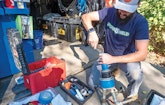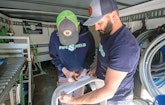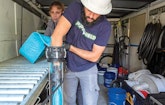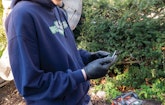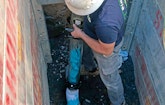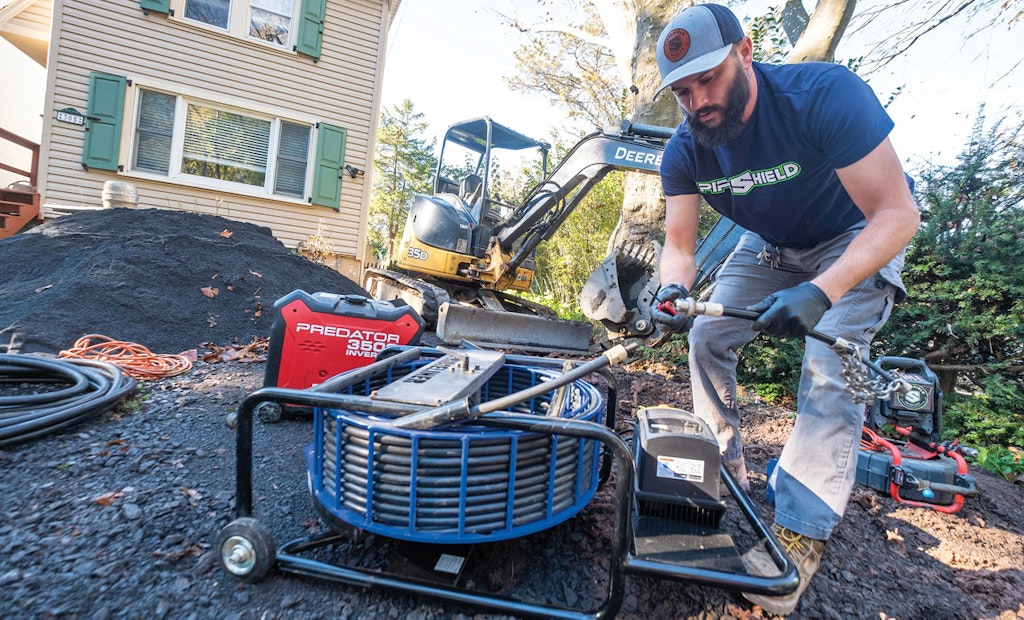
Jaco Vasile attaches a chain knocker to a milling machine to clear a sewer line before lining the pipe.
The ability to offer customers more solutions for their drainline problems not only opens the door wider for more business opportunities, it also maximizes revenue and profitability.
For proof, look no further than Pipeshield, a small drain cleaning and trenchless pipeline rehab...

